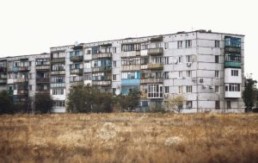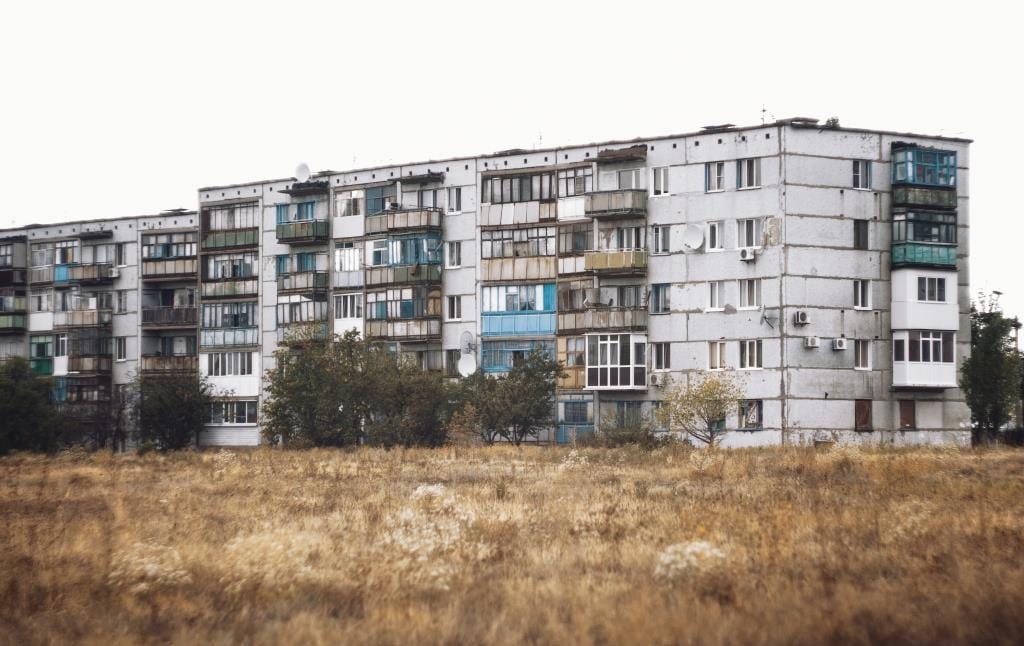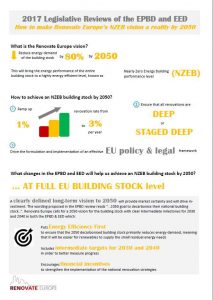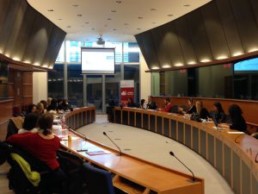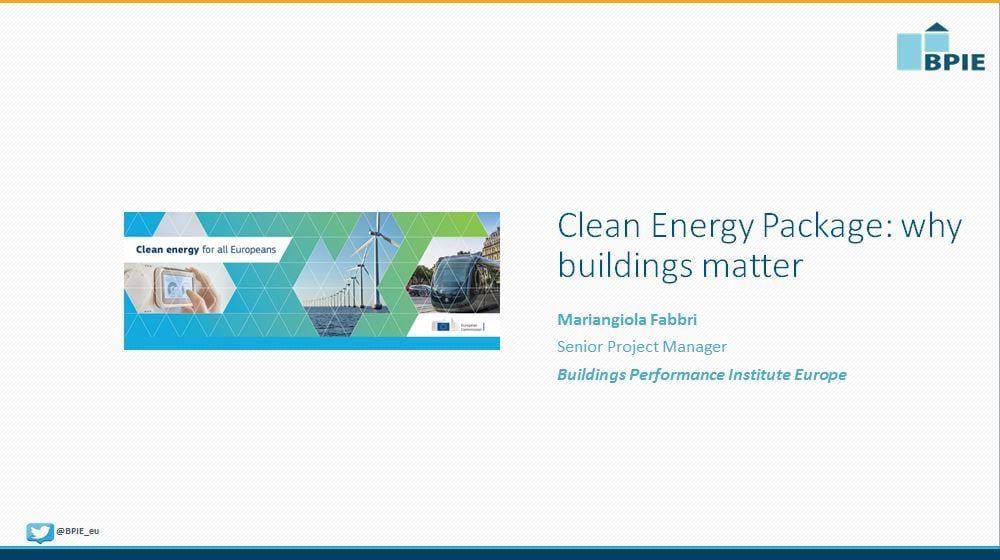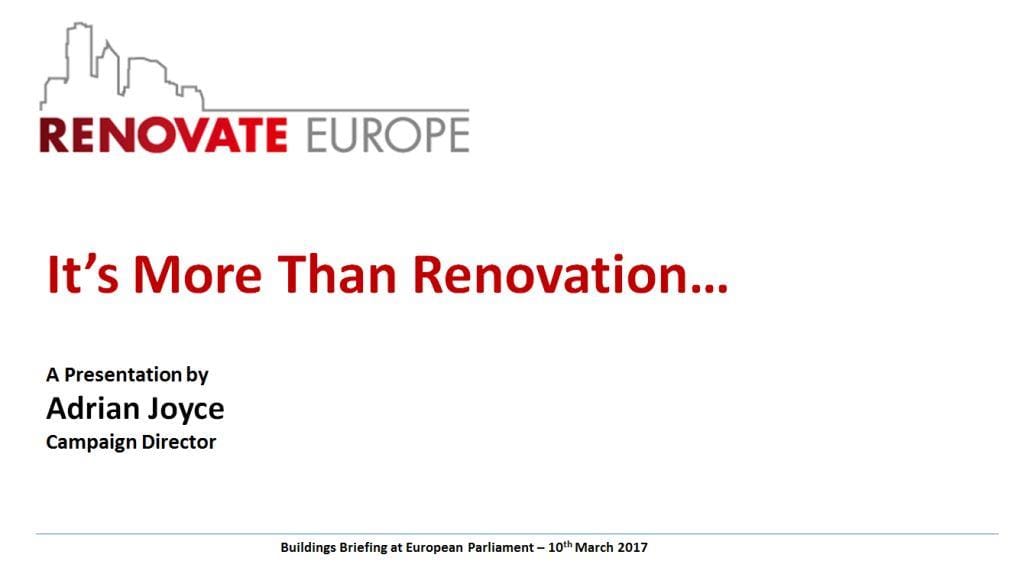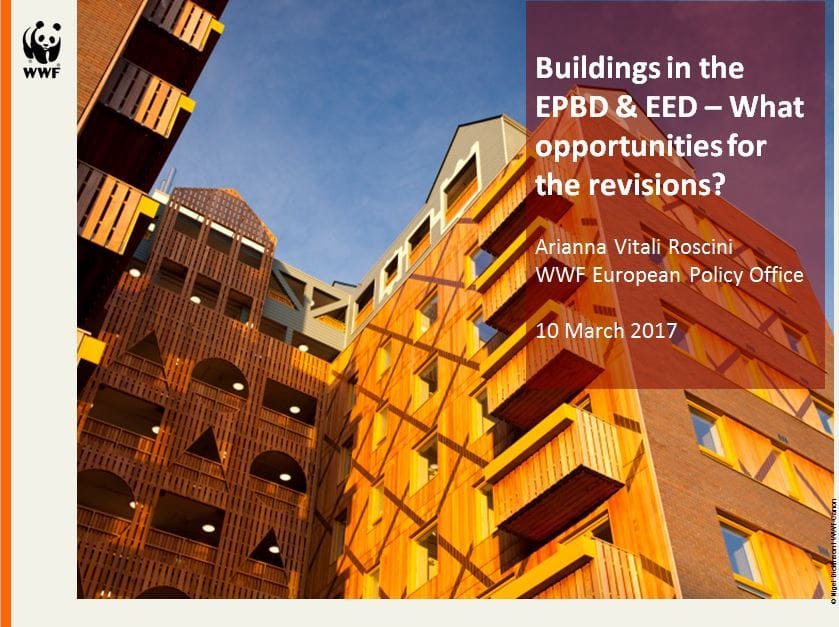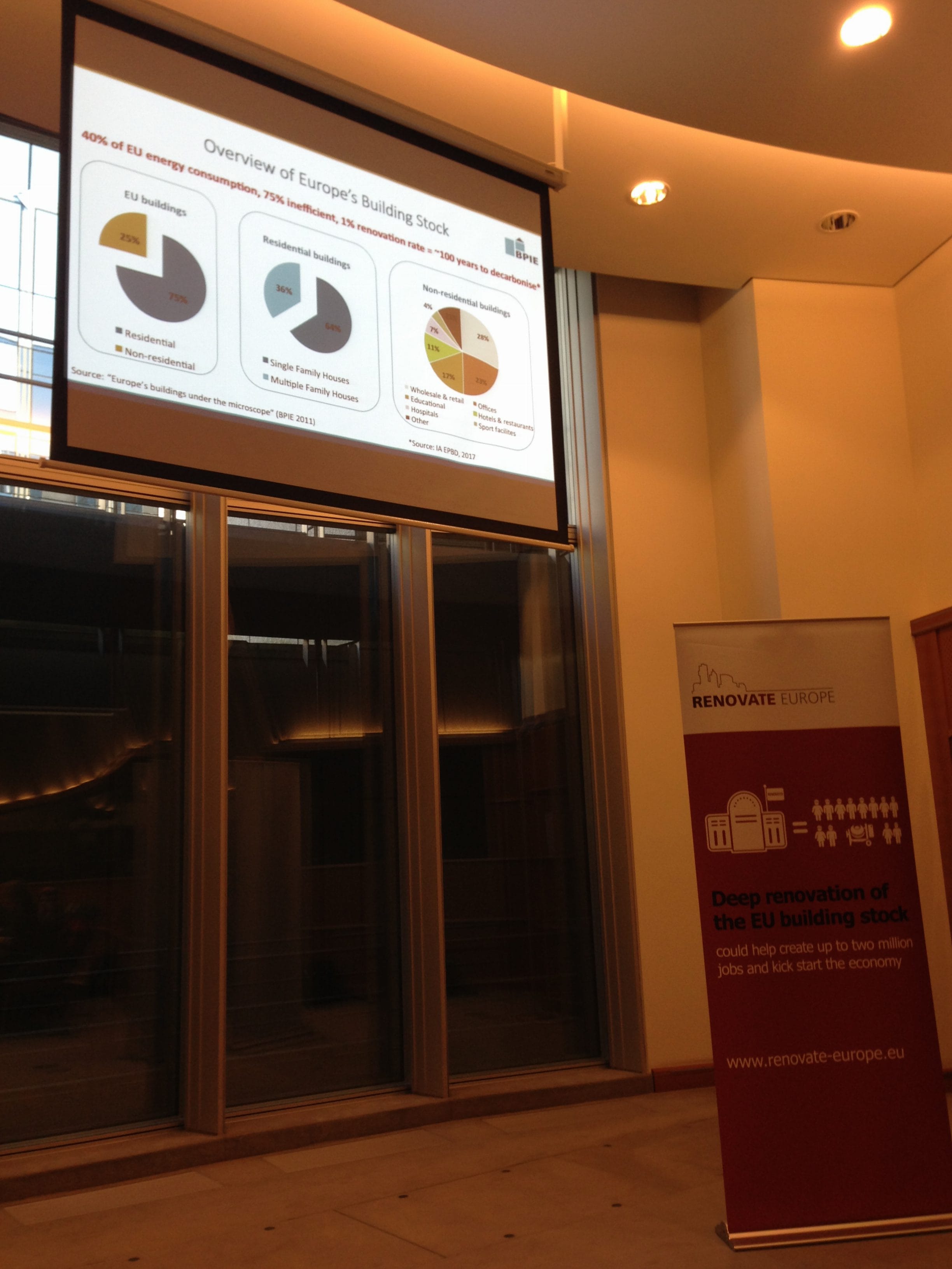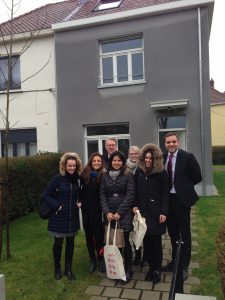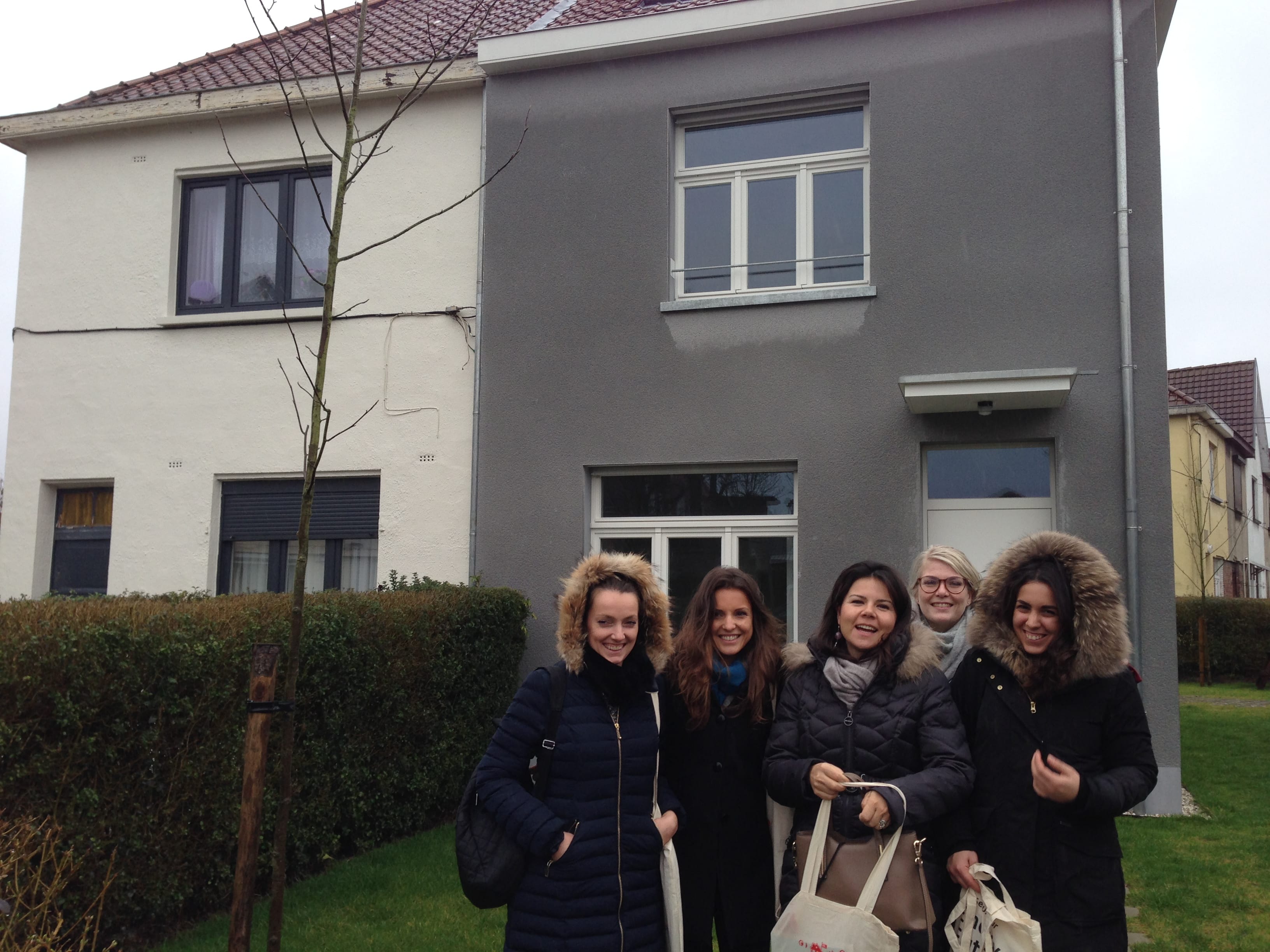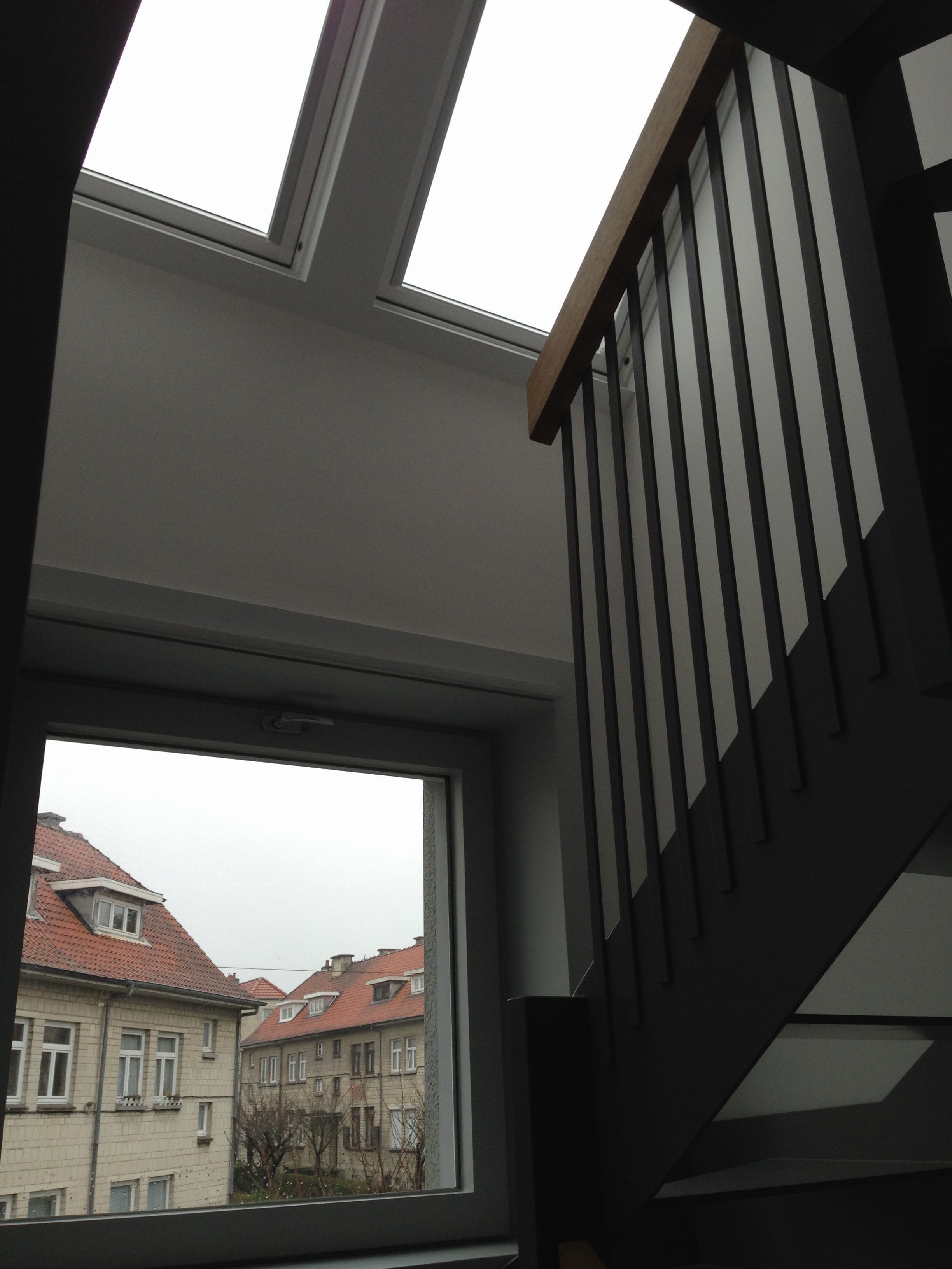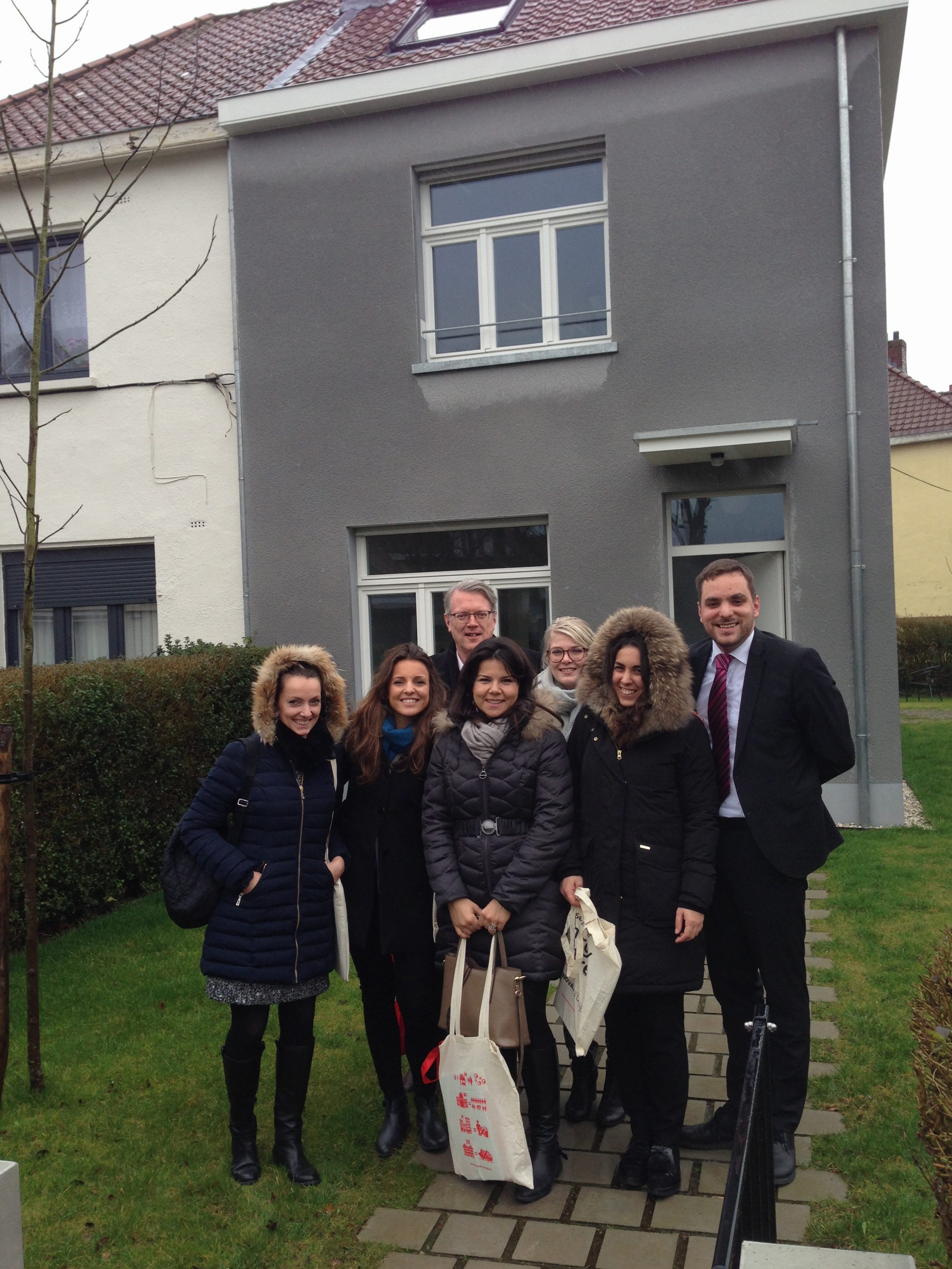Briefing 1/2017 on Energy Poverty - Nobody should have to choose between heating and eating
Briefing 1/2017: Energy Poverty - Nobody should have to choose between heating and eating
Energy poverty is as widespread as it is devastating for those who suffer it. Countries with the poorest building stock have the highest rates of excess winter mortality. EU legislation requires all countries to define vulnerable customers in their energy market so they can be helped, but two thirds of the Member States have not yet done so. The public health consequences are as grievous as they are unnecessary.
Definition: What's in a name?
For a blight on the lives of between 50m and 125m European citizens it is odd to discover that there is no agreed EU definition of 'energy poverty'. The European Commission has suggested tagging it to households which spend twice as much as the average share of their income on energy products, or households that have difficulties in paying their energy bills.
The causes are everywhere the same: low wages, high energy bills, low quality and poor performing buildings
Around 54 million Europeans cannot afford to heat their homes in winter, and the same number are either behind with their electricity and gas bills, or live in damp and leaky homes. These problems are worst in central and eastern Europe - affecting 73% of Bulgarians, for example – but is also rife in countries such as the UK and Ireland.
The causes are everywhere the same: low wages, high energy bills, low quality and poor performing buildings. As energy prices continue to rise, and the impacts of austerity continue to be felt, this picture is unlikely to brighten without focused remedial action.
The European Parliament's S&D Group has proposed the following form of words: “Energy poverty is the inability of a household to support an adequate level of energy supply so as to guarantee basic levels of comfort and health, due to a combination of low income, high energy prices and low quality, poor performing housing stock.”
The invisible health hazard
From the elderly dying alone in winter to middle-aged workers with respiratory diseases and children struggling with asthma, energy poverty is a burden on the poor, and on us all.
Studies attribute between 30-50% of excess winter mortality to poor housing conditions. In Liverpool alone, a 2013 survey implicated energy poverty in 500 deaths and around 5,000 illnesses requiring medical attention. Those who spent the most time at home – single parents, the elderly and the very young, the sick and the unemployed – suffered the greatest risk.
Poor housing standards are a major contributory factor to ill health
Across Europe, a similar picture emerges. Countries with the poorest housing status - Portugal, Greece, Ireland and the UK – have the highest excess winter mortality rates. Positive correlations between winter deaths and environmental temperatures, coupled with negative links to thermal efficiency, indicate that poor housing standards are a major contributory factor to ill health. Given that close to 75% of homes in the EU are not energy efficient, there is a lot of work to be done.
Solutions: Three case studies
In Lithuania, where a third of people cannot adequately heat their homes, €100m of funding has been used to leverage €500m of bank loans to renovate 80,000 homes – and lift 200,000 people out of energy poverty. The refurbishment plan works by offering homeowners grants for 35-40% of renovation costs – or 100% for low income families – with the remainder financed by low interest loans. By the early 2020s, over 3,500 apartment blocks should have been renovated, and householders' energy use slashed by around one half. The success of the programme in the 2013-2015 period led Lithuania to extend it to municipal public buildings.
Free Ikea kitchens for tenants proved the unlikely selling point of the Energiesprong project in The Netherlands, which has a contract to renovate 110,000 homes built in the 1960s and 70s. The revamp is being paid by an estimated €6bn of energy bill savings for participating Dutch housing associations, under-written by government guarantees over a 40-year period. The renovated buildings are nearly emissions free, wrapped in insulated panel-facades, their insulated roofs each adorned with 24 high-efficiency solar panels. Heat pumps, hot water storage tanks and ventilation units complete the picture. So far, around 1,300 Dutch homes have received an Energiesprong makeover, and two French pilot projects will be launched by the end of the year.
Romanians still substantially live in energy-leaking Soviet-era housing blocks but a €304m project is trying to plug the gaps. Households earning less than €500 a month were targeted in a scheme to refurbish 65,000 apartments. With the help of co-financing from the ERDF, 60% of building costs were covered, leaving tenants liable for just 10-40% of the expenses, through their owners' associations. Walls and roofs were insulated, double-glazed windows installed, and communal heating systems improved. The project should cut heat-related energy consumption for beneficiaries by around 40%, and create 5,000 jobs.
Policy: Demanding the possible
All EU citizens should be able to live in decent housing that does not damage their health, social life, wellbeing or life chances. The key to doing so is sustained energy efficiency programmes which are focused on vulnerable households with simplified access to favorable financing and independent, supporting advice. A good first step would be to target this group with tailored renovation programmes under Article 7 of the Energy Efficiency Directive and within the long-term renovation strategies in the EPBD. Additional funds to help solve this challenge could be allocated as part of a revision of the EU Structural Development Funds, especially the Regional Development Fund.
Energy prices and network charges are likely to continue to increase. Member States' climate change policies have so far been largely funded through utility bills, which increase the risk of energy poverty for vulnerable customers. Unless strong energy efficiency policies targeting the worst-performing buildings are established as a legal demand in the EU legislation we are unlikely to find sustainable long-term solutions that can alleviate energy poverty on a large scale.
Download the Renovate Europe Briefing 1/2017: Energy poverty - nobody should have to choose between heating and eating
Read the Renovate Europe Oped on Energy Poverty on Euractiv: Energy Poverty - A Blight on the EU
2017 Legislative Reviews: How to make Renovate Europe's NZEB vision a reality by 2050?
What is the Renovate Europe vision and what changes in the EPBD and EED will help us achieve an NZEB building stock by 2050?
Download the Renovate Europe 2-pager.
Renovate Europe Newsletter 01/2017
The Renovate Europe Newsletter is out!
Read all the News: http://us13.campaign-archive2.com/?u=19fcf559c532930060e01ebca&id=6d5d7f32c9&e=5bc703176d
Briefing Session for EP staff on Buildings
What is the current status of the Building Stock in the EU?
What is the renovation potential and why is it not being realised?
How could citizens, businesses and governments benefit from a higher renovation rate in the EU?
What opportunities can be improved in EPBD and EED in order to deliver better buildings for all?
These are some of the questions that Renovate Europe, BPIE and WWF sought to answer during the Briefing Session on Buildings in the EP on the morning of Friday 10th March. The relevant documents for this Session, including the 3 PPTs presented, are below:
BPIE PPT Presentation: Overview of the Building Stock - What are the Numbers?
Renovate Europe PPT Presentation: Renovating the Building Stock - What Benefits?
WWF Europe PPT Presentation: Buildings in the EPBD & EED - What opportunities for the revisions?
Other relevant documents which provide a good overview of the buildings sector and their link to current EU legislation:
- Legislative Reviews of the EPBD and EED: How to make Renovate Europe's NZEB vision a reality by 2050
- BPIE Briefing on the "Clean Energy For All Europeans Package"
- EP Study for ITRE: Boosting Building Renovation: What Potential and Value for Europe?
Making it Real - Site Visit to Renovated House with EP staff
The Renovate Europe office organised a site visit for MEP assistants to the Renovactive house in Anderlecht on Wednesday 8th March.
The RenovActive house is a demonstration project of VELUX, a partner of the Renovate Europe Campaign. A typical 1920s house in the Brussels suburb was fully renovated with the double aim of significantly reducing energy consumption but also of improving the daylight and fresh air for future inhabitants. The fact that the house is part of a social housing estate meant that costs had to be kept within a restricted budget, in cooperation with the local social housing authority, and that the project has very strong replicability potential to neighbouring houses. This is an excellent example of how to maximise the untapped energy efficiency potential of the EU building stock for the benefit of EU citizens and families, in terms not only of reduced energy bills but also improved health and comfort.
Relevant documents:
- Legislative Reviews of the EPBD and EED: How to make Renovate Europe's NZEB vision a reality by 2050
- Velux Presentation of Renovactive: a healthy and affordable concept
- Renovate Europe one-pager: Why is Energy Renovation the Long-term Solution to Improved Health?
- Renovate Europe one-pager: Why is a thriving Energy Renovation Market essential to drive the EU Economy?
More about project: https://renovactive.velux.be/fr/la-maison/architecture/
Why is Energy Renovation the Long-term Solution to Improved Health?
Download Renovate Europe's one-pager to find out why Energy Renovation is the Long-term Solution to Improved Health.

